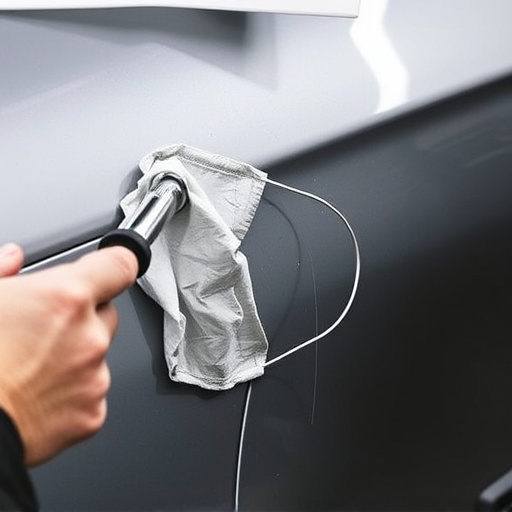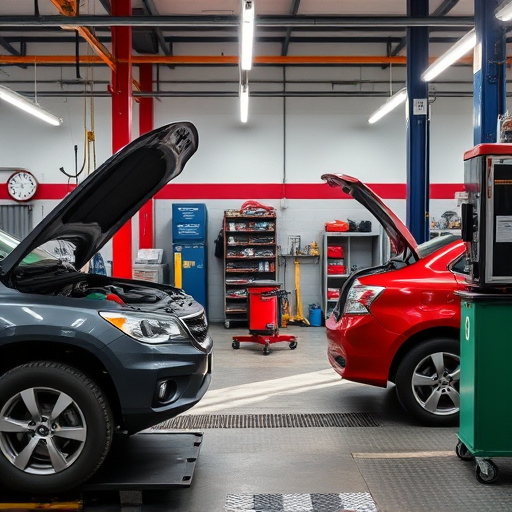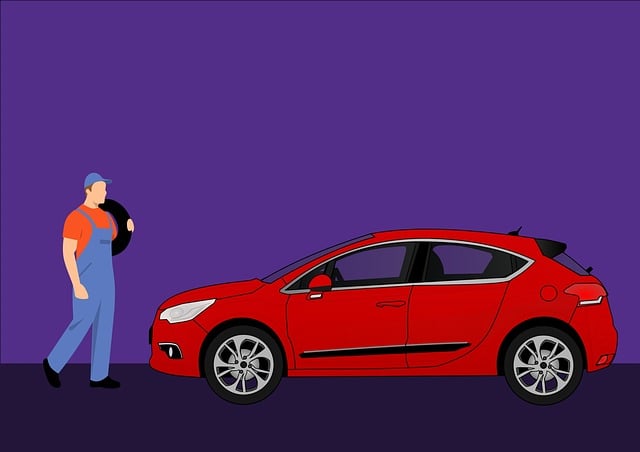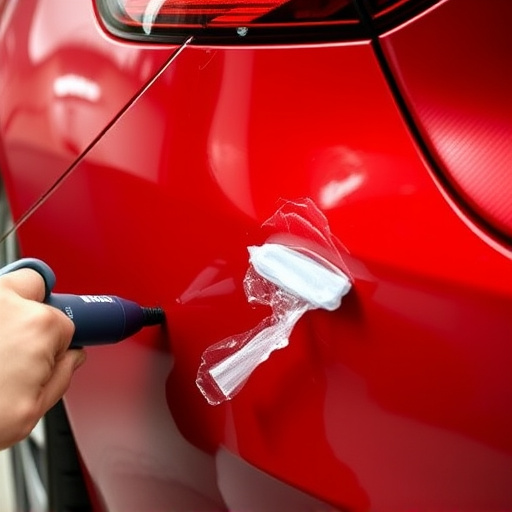Mercedes Battery Management Systems (BMS) are crucial for safe EV operation, monitoring battery health and detecting anomalies. Common charging issues in EQ models include temperature-related degradation, overcharging, faulty connectors, and software glitches. Specialized Mercedes battery management repair services diagnose and address these problems through detailed inspections, part replacements, proper disposal, software updates, and testing, ensuring peak vehicle performance and safety.
Charging problems in Mercedes EQ vehicles can lead to costly repairs, emphasizing the need to understand their unique battery management systems. This comprehensive guide explores common charging issues and their underlying causes, providing insights into the intricate processes of Mercedes’ electric vehicle (EV) technology. By delving into the repair process step-by-step, you’ll gain practical knowledge on how to address EQ vehicle battery management repairs effectively.
- Understanding Mercedes Battery Management Systems
- Common Charging Issues and Their Causes
- Repair Process for EQ Vehicles: Step-by-Step Guide
Understanding Mercedes Battery Management Systems

Mercedes Battery Management Systems (BMS) are sophisticated electronic control units designed to monitor and optimize the performance of the vehicle’s battery. These systems play a crucial role in ensuring the longevity and safety of the high-voltage batteries used in Mercedes electric vehicles, like the EQ range. The BMS acts as a central hub, managing various functions such as charging, discharge, temperature regulation, and fault detection. By continuously monitoring the battery’s state, it optimizes charging processes, preventing overcharging and extending battery life.
When issues arise with charging, the Mercedes BMS triggers repair needs. It does this by detecting anomalies during the charging process, such as voltage fluctuations or current imbalances. These problems can stem from various factors, including damaged components within the vehicle’s electrical system or external influences like incorrect charging equipment. Recognizing these faults, the BMS alerts technicians to potential issues, leading to timely repairs that could prevent more severe damage. Efficient Mercedes battery management repair services ensure that electric vehicles maintain their performance and efficiency for longer periods, reducing the need for frequent frame straightening or car dent removal due to preventable electrical problems.
Common Charging Issues and Their Causes

Charging issues with electric vehicles like Mercedes EQ models are often rooted in a few common problems. One of the primary concerns is battery degradation, which can lead to reduced charging capabilities over time. This is typically caused by extreme temperature fluctuations, overcharging, or prolonged periods of inactivity. Another frequent issue is faulty connectors and cables, resulting in intermittent charging disruptions. These may be due to physical damage, corrosion, or simply loose connections.
Moreover, advanced driver assistance systems (ADAS) that depend on accurate power levels can cause charging problems if they are not properly calibrated or updated. Software glitches or compatibility issues with external charging stations might also manifest as charging errors. Fortunately, specialized Mercedes battery management repair services are available at reputable collision repair centers and auto repair near me, ensuring your vehicle receives the expert care it needs to overcome these challenges.
Repair Process for EQ Vehicles: Step-by-Step Guide

The repair process for Mercedes EQ vehicles with charging issues begins with a thorough diagnosis. Technicians use advanced tools to check the vehicle’s electrical system, focusing on the battery management unit (BMU) and high-voltage components. If the problem is identified as a faulty battery or related circuitry, specialized Mercedes battery management repairs are initiated. This involves replacing the defective parts while ensuring proper disposal of hazardous materials according to environmental standards.
Next, the vehicle’s software is updated to reflect any adjustments made during the repair. This step ensures optimal performance and prevents future issues. Following this, a series of tests are conducted to verify the charging system’s functionality, including low-voltage and high-voltage circuit checks. Once all systems are confirmed operational, the car undergoes a final road test to ensure it meets safety standards and provides a seamless driving experience, much like a professional car body repair would restore a vehicle to its pre-damaged state, leaving no trace of any previous issues.
Charging problems in Mercedes EQ vehicles often stem from issues within the sophisticated battery management system. By understanding these systems and common charging difficulties, owners can proactively address potential repairs. The step-by-step guide provided offers a clear path for troubleshooting and fixing EQ vehicle battery-related issues, ensuring these innovative electric cars remain reliable and efficient on the road.














